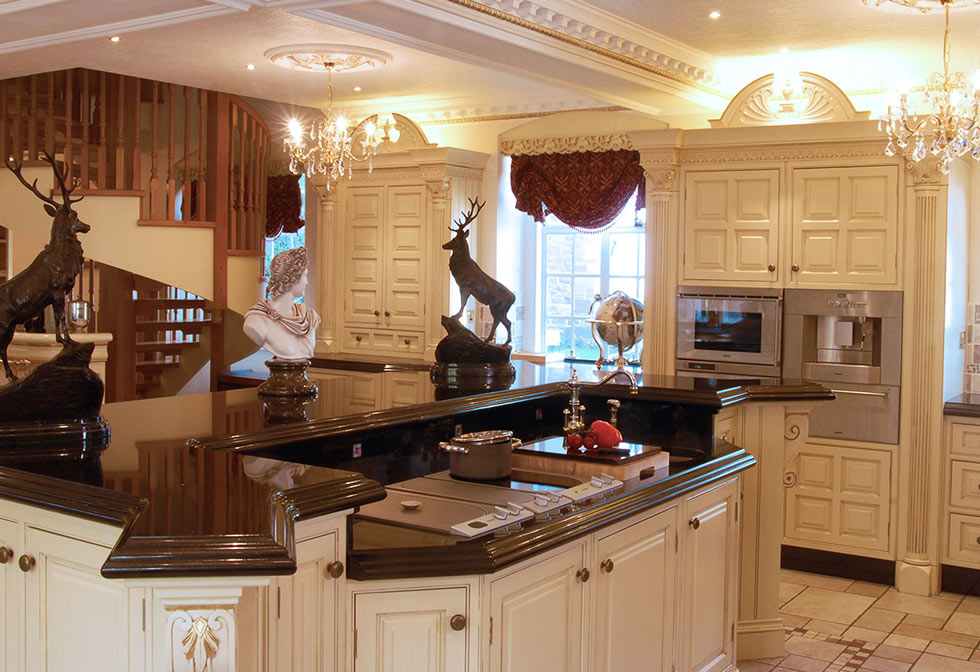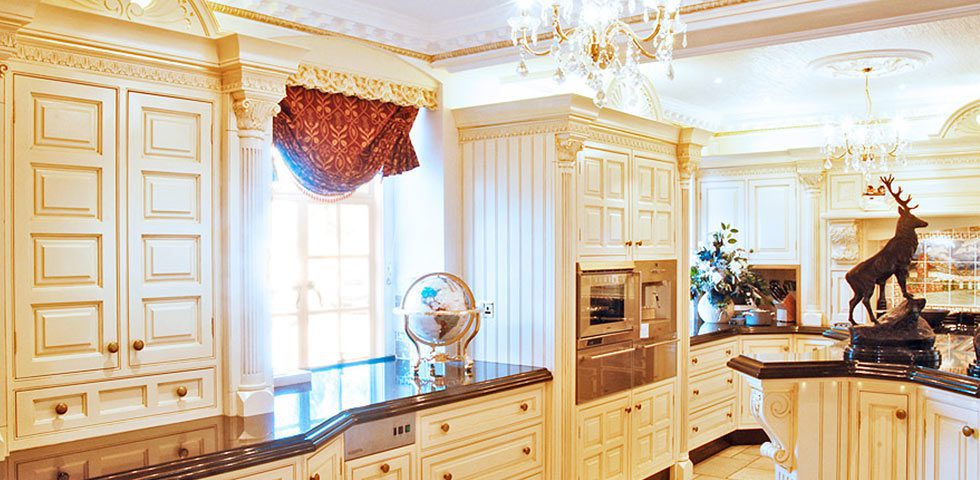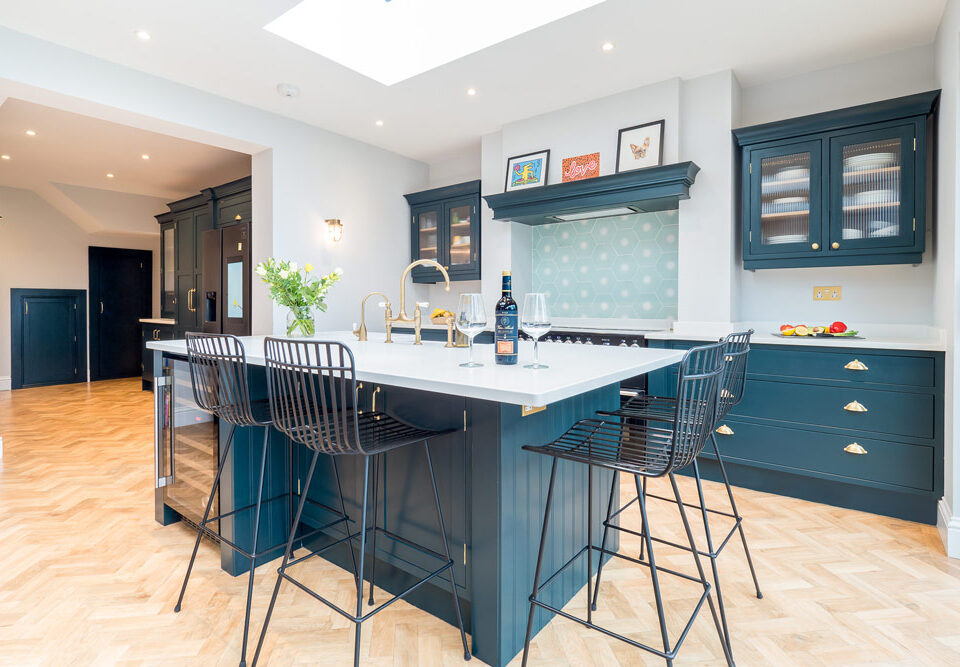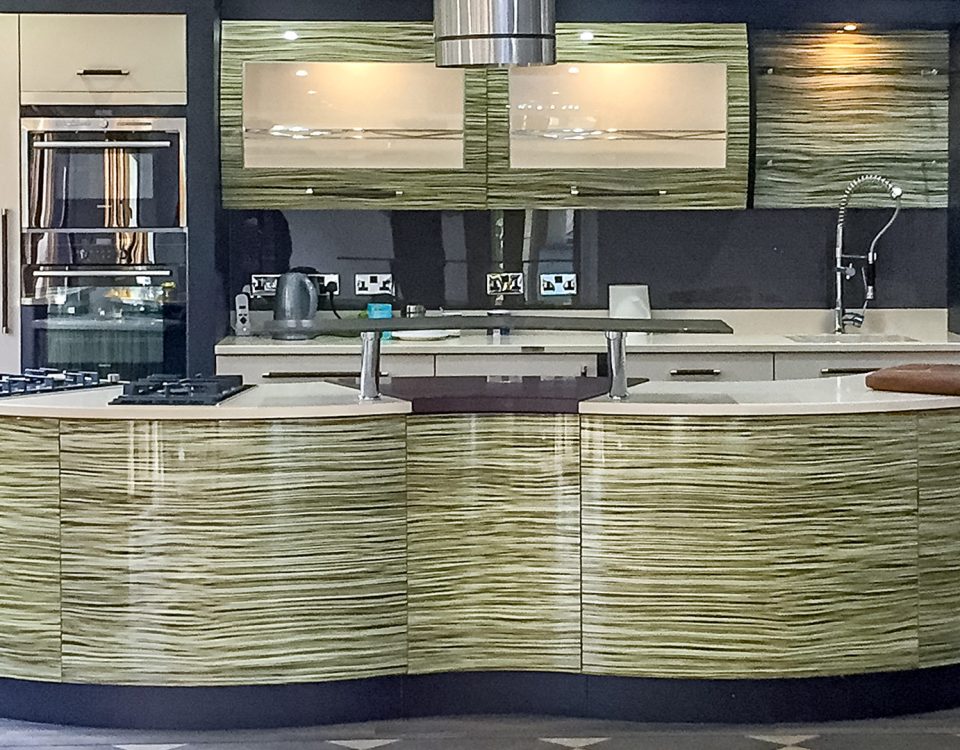What is an “Exclusive” Kitchen?
13th June 2013
The Origins of Luxury Kitchens
21st August 2013Which kitchen style is right for me and my home?
The vast majority of people today hanker after kitchen styles reminiscent of a bygone era rather than trying to imagine a future style that will endure and not rapidly go out of fashion.
With both fitted and unfitted kitchens changing in function and style over the decades they no longer comprise purely a sink, cooker, draining board and a ‘cup-board’ they are a multi-functional focus for activity in the home. Consequently they tend to be much larger with space for fridges, freezers, lengthy worktops, modern appliances, islands and comfy sofas. The age of the property and the social status of the occupant will usually have dictated the size or style of the kitchen and the scope for making a social statement exists in the same way that the Victorians liked to visibly display their wealth. This constitutes the bulk of the market for ‘traditional kitchens’ where customers are prepared to pay for craftsmanship with unique and exclusive features.
Victorian-style kitchens with elaborate, fancy, ornately carved corbels, pillasters, cornices, pelmets and architraves with intricately detailed acanthus leaves and free-standing kitchen furniture gave way to the plainer Edwardian kitchens with stylised shapes of ‘hearts and flowers’ but still displaying detailed shape and form.
Glass-fronted Victorian kitchen dressers to display your worldly goods and floral crockery saw themselves replaced by Edwardian kitchens of understated elegance and the period of Victorian bling was over. The lengthy Victorian era was succeeded by a decade of Edwardian style where sideboards became the order of the day and the ‘element of surprise’ came with opening a cupboard door to reveal the secrets and riches within. Gone was the Victorian kitchen where all the pots, pans and cooking implements were on public display – in came the simple but elegant, not quite ‘Shaker’, but hand-painted kitchens with colour to celebrate a new era. Handmade real wood kitchens also came into vogue with lighter coloured woods like elm and fresh oak taking the place of dark mahogany and black-laquered Victorian furniture.
So entrenched was the elaborate opulence and showiness of the late Victorian era that early Edwardian style retained many design clues from the earlier six decades of the Victoria era. Consequently the boundary between Victorian kitchens and Edwardian kitchens is significantly blurred but the important aspect of good kitchen design is often to take design clues from the architecture of the home itself.
Tasteful styles almost always come back again and it is usual that the design of a new kitchen will pay homage to the style and era of the property even if the style of home spans more than one era. To ensure that a traditional kitchen is contemporary with the house and complementary to its design features Broadway often re-creates the pattern of ceiling cornices and roof pediments in the cornices, mantelpieces and pelmets of fitted kitchen furniture whether plain, stylised or elaborate. Similarly, as a company manufacturing from raw timber on its own machines, it is easily within the company’s in-house capabilities to copy the panels and style of original house doors to create a truly unique bespoke kitchen which is fully functional for the lifestyle of the purchaser whilst being totally sympathetic to the property and enhancing its value.





